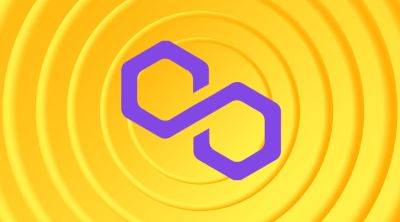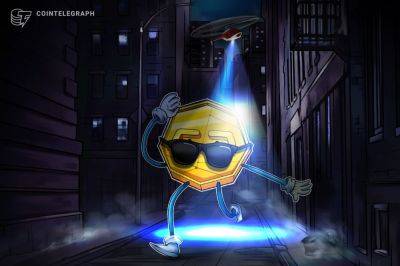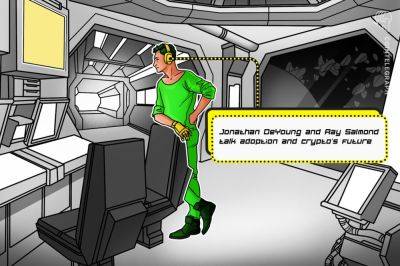NASA plans to prove its next Moon landing is real using blockchain
The United States National Aeronautics and Space Administration (NASA) and its partners Lonestar, a computing startup based in Florida, and the Isle of Man will send a payload to the Moon containing “data cubes” in February 2024. The data secured in these cubes will be verified back on Earth using blockchain technology.
If all goes to plan, the same blockchain technology will verify once and for all and immutably that humans have landed on the Moon when NASA launches its second crewed mission, Artemis 3, in 2025.
Suit Up!
Today, the #Artemis II crew and @NASAGroundSys successfully conducted a launch day demonstration. The demo included test spacesuits, a ride to Launch Complex 39B, and going up the mobile launcher to the crew access arm white room.https://t.co/vHl28fVSYR pic.twitter.com/7ed1hGvvy4
NASA’s Artemis mission is set to enter its second leg with the launch of Artemis 2 in November 2024. While that mission will be crewed, the four astronauts aboard will leave Earth, make an orbit around the Moon, and then return to Earth. It’s not quite the same as touching down on Lunar soil, but Artemis 2 is meant to be the final test run before the U.S. government puts humans on the surface of the Moon again with Artemis 3.
As one of many scientific missions taking place during the Artemis voyages, Lonestar and the Isle of Man are collaborating to pioneer long-term lunar storage systems that will rely on solar power and require no extra infrastructure to set up.
Related: Universities use blockchain-based storage to protect and democratize data
According to a report from the BBC’s Science Focus, the test will involve the creation of digital stamps — a technology referred to as “digital franking” — which will be stored in
Read more on cointelegraph.com





















